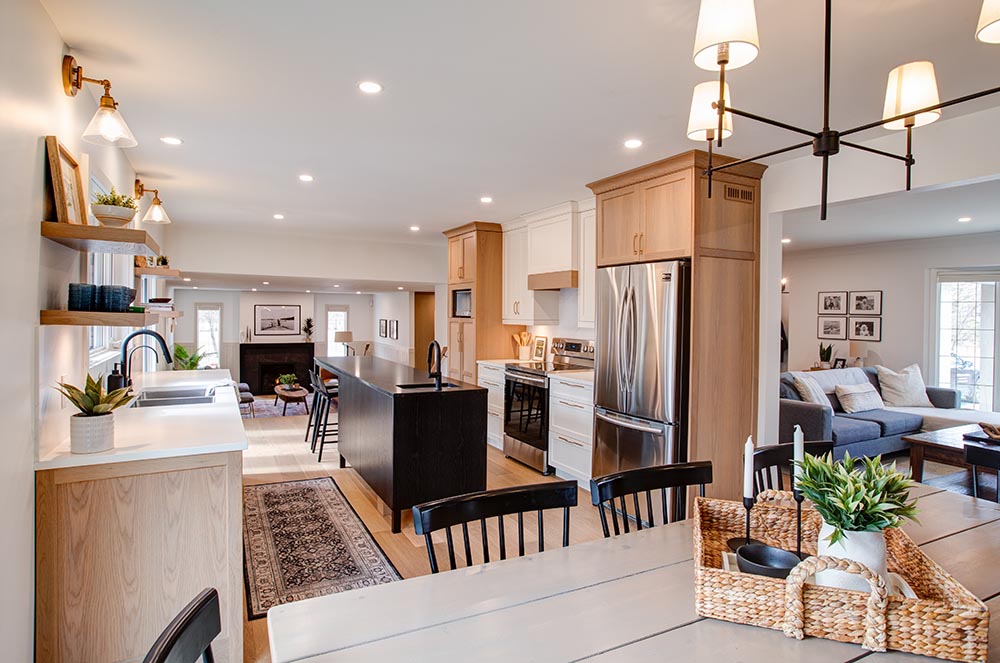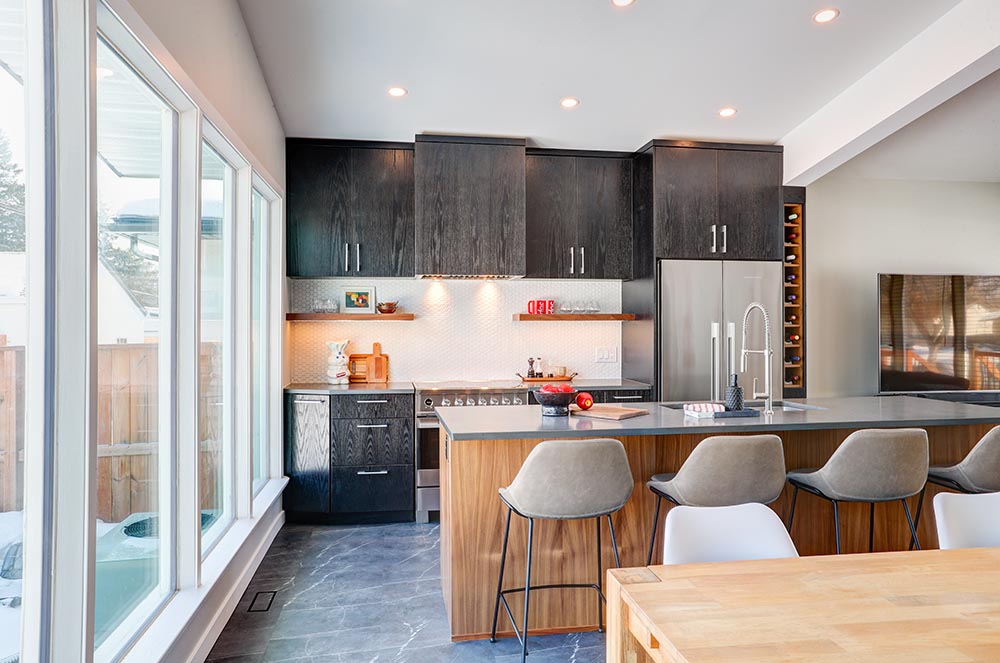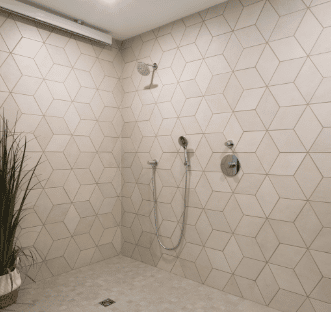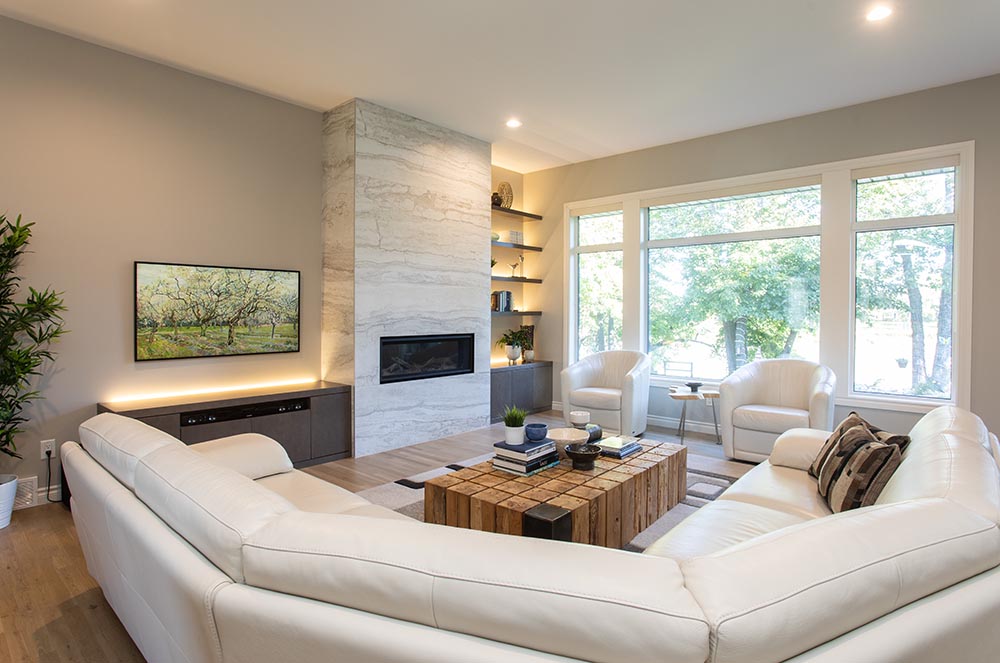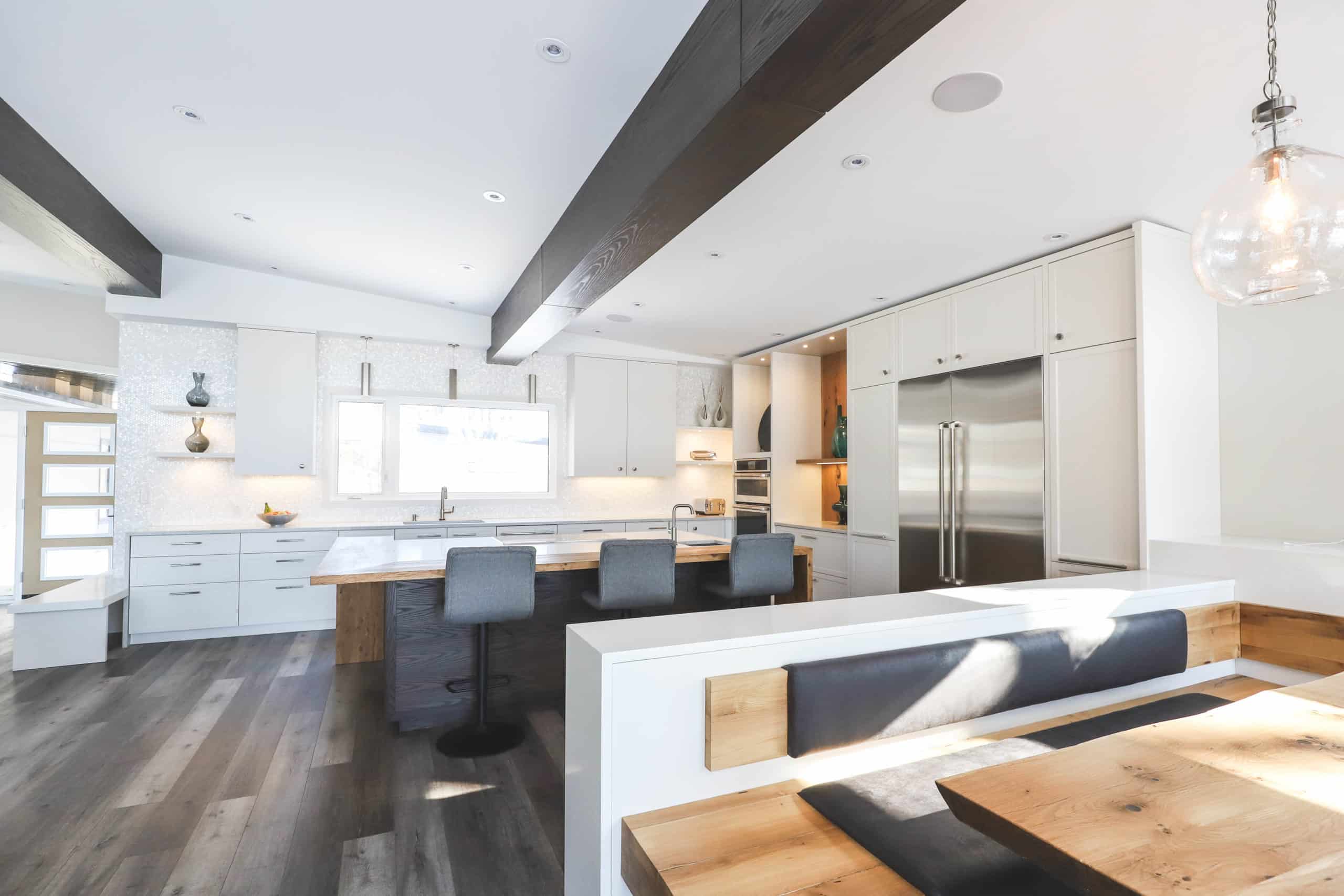Part of the fun of being a homeowner is getting to make changes–big and small– to a home so that it uniquely suits your lifestyle for today. But what about tomorrow? It’s no surprise that some of the largest home renovations occur when you move into a home, or when you’re looking to leave it. Life changes, and you can tailor your home renovation project specific to your needs.
No crystal ball? No problem, here are some tips that will help you think about the future, and hidden potential of your home.
Grab a notebook; let’s take this step by step. It’s time to plan your home’s future renovation!
Needs vs Wants
Step 1: Make a list of priorities that need to be done
The priority list should reveal the projects that are needed to change the function of the home–how it serves the family’s needs. If you’re growing your family, or becoming empty-nesters, your future needs are likely going to change. Creating a space for an at-home business will have a different set of requirements. Make sure that this list includes anything that is in dire need of repair or replacement such as a shower that is leaking, or a roof that is past its before date.
Step 2: Make a wish list of things you want to have done
Consider family wants and desires and maybe a few extra creature comforts that might be on the luxury-side of life. Some wish-list items might be a finished basement, a hobby space for crafting with the kids, heated floors and a soaker tub in the master bathroom, or adding crown molding throughout the house.
Considerations
Now that these lists have been created, it’s time to consider a few factors that will help you prioritize which project comes first.
- How long will the family stay in this home?
Knowing how long you plan to stay in the home can help you decide which projects will add value, and which can be added to a wish list for a future house.
- Will this home need to be sold and how soon?
If you’re aiming to make this your forever home, you have a longer timeframe to work on projects on the wish list. Also, you might want to invest in unique aspects that truly fulfill your personal needs and wants.
Reviewing your two lists can also help you determine which renovations will add more to the re-sale value of your home. You might want to consider design trends rather than solely focusing on designs that express your personal taste.
- Will this home need to be childproofed?
Planning for a home full of children (or grandchildren) will require some insight and forethought so your home will fulfill the needs of a large or extended family.
- Will the home need to be made handicap accessible at any point?
Accessible features should be considered for families who plan to have older relatives live with them, or for those who want to stay in the home as long as possible into their retirement years. Features such as grab rails, lever handles, and wider hallways take wheelchair and walker use much easier. Also, roll-in or no-barrier showers can be both functional and beautiful. Renovating for accessible features takes special skills and knowledge so make sure to check your contractor’s qualifications.
- Are there technologies that would help the home function better?
Adding technology to homes is a huge trend today. This includes adding smartphone functions like turning on the lights, adding surveillance camera apps, or smart alarm systems. Other fun features might consist of electric blinds, heated floors, or retractable kitchen hoods. Things as simple as electrical outlets with built in USB charging ports can be added to increase functionality of a space.
- Are there sustainability or eco-projects that would make the home energy savvy?
This consideration is usually for those who plan to stay in their home for years and want to make their house more energy efficient. Are adding solar panels an option? What about adding new eco-insulation, or a rainwater collection system? Is geothermal heating an option in your area? Sometimes eco-projects qualify for special funding. For example Manitoba Hydro periodically offers rebates or savings on your energy bills.
Step 3: Construct the Renovation Plan
Once you’ve made your lists of wants and needs, and considered all the points above, it’s time to make a plan.
If time isn’t an issue, create a multi-year plan that allocates projects over time based on available budgets.
If time is a concern, let the priority list lead the way. And if resale is a factor, consider a kitchen and/or bath renovation to increase your home’s value.
Step 4: Select a Contractor
We have years of experience planning and executing home renovations; as a design-build company it’s part of our process for every project. We’d love to learn more about your project.
Request a consultation at Hammerdown.ca.





